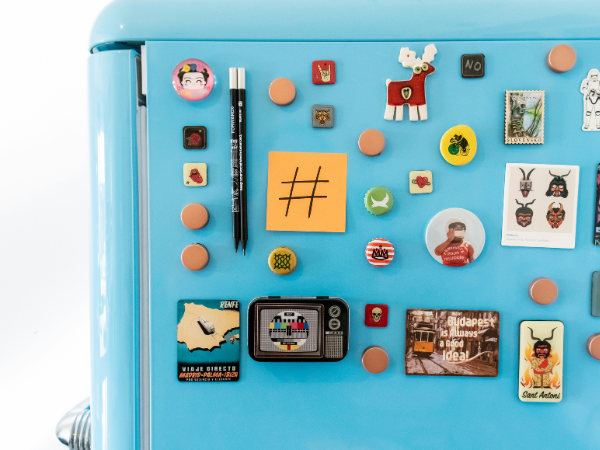THE CITY OF JASMINE
Walking the streets, the young narrator proclaims, “I come from the City of Jasmine…where sweet scents dance in the wind, filling air, calming hearts.” Statements that begin with the phrase “I come from” introduce descriptions of other locations, among them the Umayyad Mosque, Qala’at Dimashq (the Citadel of Damascus), and the oasis of Ghouta—all of which contribute to the youngster’s sense of self. The people of Damascus, diverse in faith, skin tone, and dress, live in harmony, sharing food and a sense of community. The final pages reveal that the child no longer lives in the City of Jasmine, but each night, Baba and the young narrator “fold memories of our days” into a wooden Damascene box. References to warfare (expanded on in the author’s note) make it clear that the family was forced to leave, but the youngster continues to sow seeds of jasmine—and of hope. Rich in imagery, Presley’s serene, immersive text conveys a child’s abiding love for a far-away home while offering a counternarrative to news headlines and images that focus on the war and destruction that have roiled Damascus: “My home is no pile of rubble.” Lee’s use of cut paper gives the visuals a three-dimensional look, making the child’s recollections feel intensely vivid; her delicate illustrations pay homage to Syrian mosaics and patterns, capturing a sense of time, memory, and movement.


Walking the streets, the young narrator proclaims, “I come from the City of Jasmine…where sweet scents dance in the wind, filling air, calming hearts.” Statements that begin with the phrase “I come from” introduce descriptions of other locations, among them the Umayyad Mosque, Qala’at Dimashq (the Citadel of Damascus), and the oasis of Ghouta—all of which contribute to the youngster’s sense of self. The people of Damascus, diverse in faith, skin tone, and dress, live in harmony, sharing food and a sense of community. The final pages reveal that the child no longer lives in the City of Jasmine, but each night, Baba and the young narrator “fold memories of our days” into a wooden Damascene box. References to warfare (expanded on in the author’s note) make it clear that the family was forced to leave, but the youngster continues to sow seeds of jasmine—and of hope. Rich in imagery, Presley’s serene, immersive text conveys a child’s abiding love for a far-away home while offering a counternarrative to news headlines and images that focus on the war and destruction that have roiled Damascus: “My home is no pile of rubble.” Lee’s use of cut paper gives the visuals a three-dimensional look, making the child’s recollections feel intensely vivid; her delicate illustrations pay homage to Syrian mosaics and patterns, capturing a sense of time, memory, and movement.



















































![The 11 Best Landing Page Builder Software Tools [2025]](https://www.growthmarketingpro.com/wp-content/uploads/2024/04/best-landing-page-software-hero-image-1024x618.png?#)



































![What Is Generative Engine Optimization [Tips & Workflows To Do It]](https://moz.com/images/blog/banners/What-Is-Generative-Engine-Optimization-Tips-Workflows-To-Do-It-1.png?auto=compress,format&fit=crop&dm=1745607929&s=6f75f1f02c531af0f80acb12517c8bab#)



























![Social media image sizes for all networks [May 2025]](https://blog.hootsuite.com/wp-content/uploads/2023/01/Social-Media-Image-Sizes-2023.png)




![The fastest growing social media platforms of 2025 [new data]](https://53.fs1.hubspotusercontent-na1.net/hubfs/53/fastest-growing-social-media-platforms.jpg)
















